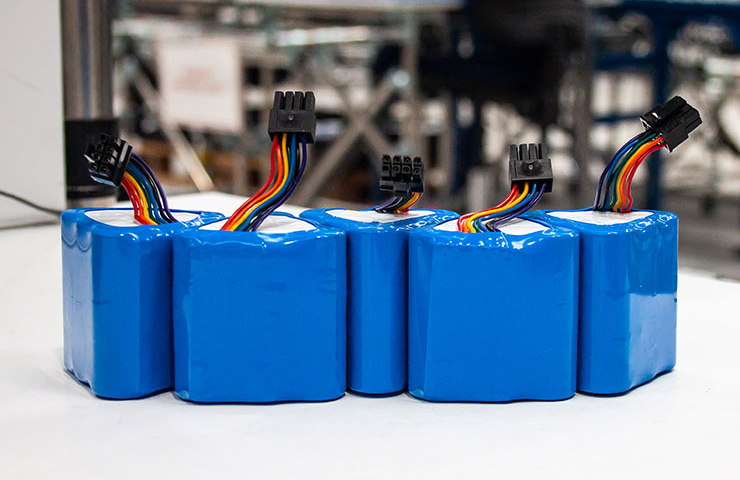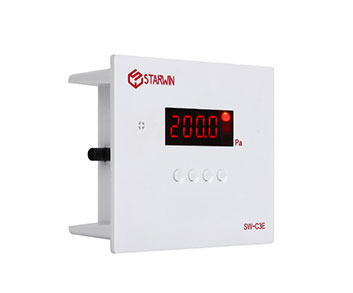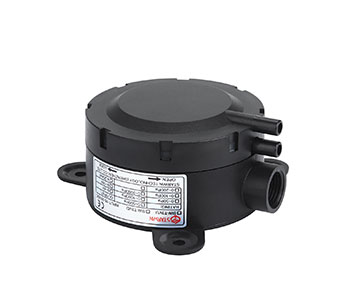NTC thermistor(Equipment) application
The first NTC thermistor was discovered by Michael Faraday in 1833 and he was given a report on the silver sulfide semiconducting behavior. He observed that the silver sulfide resistance is decreased dramatically once the temperature increased. Because initial thermistors were hard to create & the technology applications were partial and commercial thermistors production did not start until the 1930s.
So, a commercially viable thermistor namely “Duracell” was launched in 1930 by Samuel Ruben. After that, the investigation of NTC thermistors attains major development because of the development in incessant transistor technology. So finally NTC thermistors were developed in 1960. So this article discusses on NTC thermistors, working with applications.









